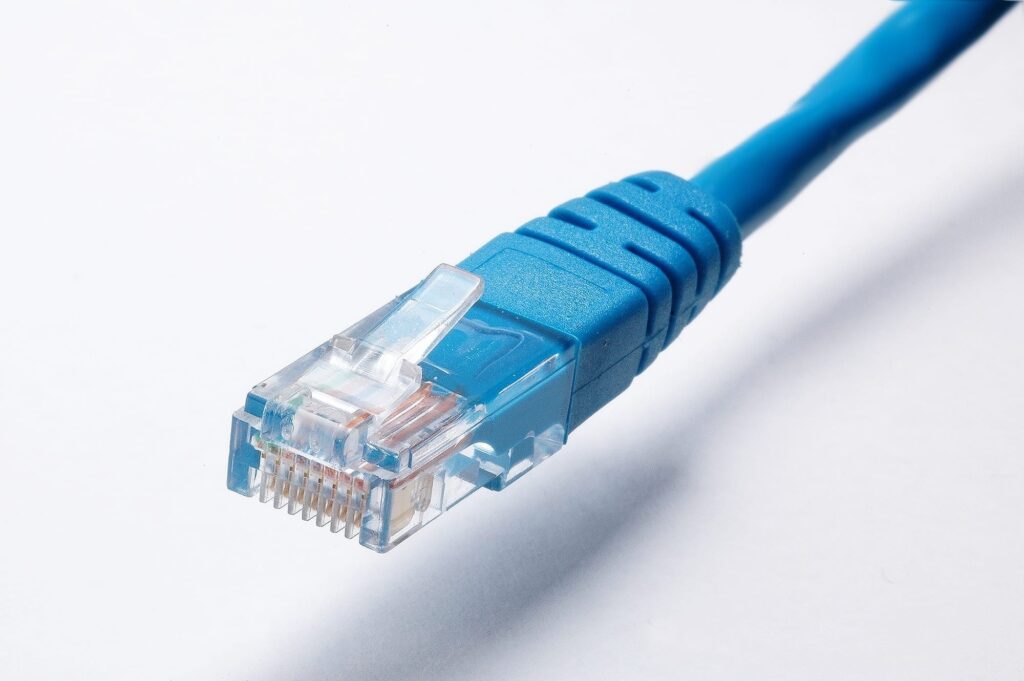It’s no secret that fiber networks are a powerful tool for businesses to take advantage of, providing faster speeds and more reliable connections. However, with the growing demand for these services, it can be difficult to know how best to maximize return on investment (ROI). This article will provide an in-depth look into the various strategies and techniques that can be used to optimize the ROI of a fiber optic network. We’ll discuss cost optimization, strategic installation, and intelligent routing technologies. Stay tuned for more details!
What is fiber networking?
Fiber networking is a rapidly growing technology that is becoming increasingly important in the world of telecommunications. It involves the use of optical fibers to transmit data signals over long distances at breakneck speeds. Fiber networks are incredibly reliable and secure, making them ideal for businesses that need fast and secure connections between different locations.
Fiber networks can achieve much faster speeds than traditional copper cabling by using light to transmit data. This makes them perfect for high bandwidth internet, video streaming, cloud storage, and other services requiring large amounts of data to be transferred quickly and securely. They also offer greater scalability than traditional networking solutions, allowing businesses to easily expand their network without having to invest in new infrastructure or hardware upgrades.
How does fiber optic networking work?
Fiber optic networking is an increasingly popular data transmission method used in both consumer and commercial applications. It uses optical fibers to transmit data in the form of light waves, offering more incredible speed and capacity than traditional copper wiring systems. But how does fiber optic networking actually work?
At its core, fiber optics functions by using a combination of lasers or light-emitting diodes (LEDs) to send information down a glass thread, also known as an optical fiber. This signal is then amplified along the length of the cable before being received at the other end. This type of network offers several advantages over copper wiring systems, such as low signal loss over long distances and immunity to electromagnetic interference (EMI). Plus, it has a higher bandwidth than conventional cabling methods, allowing faster data transfer rates.
Is there a future for fiber optics?
The increasing demand for higher bandwidth has made fiber optics an important technology in telecommunications. With its ability to provide high-speed data transmissions over long distances, fiber optics is seen as a key element in the future of Internet connectivity. But how long can it continue to be used? Is there a future for fiber optics?
Experts agree that fiber optics will remain an important part of our communication infrastructure for many years to come. The technology is incredibly reliable and resilient, allowing it to efficiently handle vast amounts of data without significant losses or interference. Furthermore, advances in research and development are constantly making fiber optics even more efficient. With their low cost and energy efficiency, fiber optic cables are becoming increasingly popular with businesses, universities, and other organizations that need reliable access to high-speed networks.
Why is ROI Important in Fiber Networks?
ROI (Return on Investment) is an essential factor to consider for any business. It is crucial when it comes to fiber networks, as this type of infrastructure can be expensive and time-consuming to set up. ROI measures how much money a business earns from its investments, making it the best way to measure the success of any project.
When building a fiber network, many factors need to be considered for it to be profitable. Businesses should consider things like installation costs, hardware costs, service fees, and maintenance costs when calculating ROI. By considering all these factors, companies can determine whether or not investing in a fiber network will actually pay off in the long run. Moreover, measuring ROI allows businesses to compare different options and make informed decisions about which option yields the highest return on investment.
The best practices for maximizing the ROI of a fiber optic network
Fiber optic networks are one of the most cost-effective ways to provide high-speed internet service. But achieving maximum ROI can be difficult if businesses don’t understand the best practices for using them. Here are several tips that will help you maximize your network’s effectiveness:
1. Utilize a fiber optic network wisely. Don’t install it just because you think it will increase your bandwidth capacity. Instead, carefully consider which applications and services need the highest speed possible and invest in a fiber optic network that can deliver on those promises.
2. Configure your devices correctly. Make sure all of your devices are compatible with your fiber optics network by configuring their settings appropriately (i.e., changing manufacturer defaults where necessary). This includes laptops, smartphones, gaming consoles, etc.
3. Use bandwidth management tools. A good way to monitor and manage consumption is to use bandwidth management tools. These software applications allow users to measure traffic flow across their entire infrastructure in real time or over historical periods.
4. Automate everything possible. When managing an optical fiber network, automate as many processes as possible so that you don’t have to spend hours logging into various systems each day.
5. Implement intelligent routing technologies so that content can be delivered directly where it is needed within your network rather than being routed through multiple nodes. This maximizes efficiency while minimizing costs associated with congestion or downtime caused by inadequate capacity.
6. Install connectivity devices strategically. Make sure appliances such as routers and switches are placed where they will provide maximum coverage throughout your facility or office campus. Consider placing them near high-traffic areas, within cabling runs, or near servers hosting highly trafficked applications.
By taking these simple steps, businesses can use fiber optics technology effectively while leveraging its many benefits.

